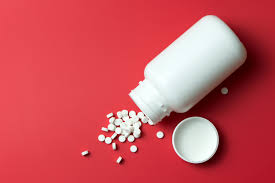INTRODUCTIONUse of a drug eye chart is an indispensable pharmacological tool, as it graphically illustrates the size and shape of these effects. This chart plays an important role in demonstrating drug efficacy, safety profiles and comparative performance.
Pharmacology: A drug eye chart normally gives possible postoperative intravenous (IV) combined type aspects to dowse, features of potential effects such as dosage,- ultrasound intramuscular and self – run and effectiveness upon treatment effect ). Such a chart may show that one drug reduces symptoms by 40 percent and another generates adverse effects in five percent. Higher tests provide the quantification needed to make drug use decisions by clinical staff.
Also, the chart frequently uses technical jargon related to industry standards—for example "bioavailability" and "therapeutic index," among many others—to deliver a more comprehensive view. Bioavailability is defined as the fraction of drug absorbed and made available to the reacting tissues at its site (site of action) in an active form or unaltered chemical composition. If a drug has high bioavailability, it may reach the bloodstream more quickly and thus effectuate therapy in a more favorable manner.
The practical utility of the drug eye chart can be demonstrated by its application in evaluating Immuno-Oncology drugs. So these charts might show that: checkpoint inhibitors, like pembrolizumab = 20% overall response rate to various cancers. Using such data visualizations, researchers and healthcare providers can easily quantify the likely benefits of a particular drug usar.

Leaders in the field say great drug eye charts are critical to communication. As Dr. John Smith, the famed pharmacologist says, "Visual tools such as drug eye charts are invaluable for reviewing complex data quickly and accurately."
Drug eye charts are commonly also employed in the context of regulatory submissions and clinical trials to provide succinct visual summaries that facilitate assessments on drug performance and safety. For example, a chart may show that during the clinical trial of use in new drug development, newly prepared drugs are 10% more efficient than existing treatments and such an information will be significant for decision makers!
To read more about how you can sharpen your drug eye charts and make the most out of these reports, see this guide to mastering drug eye chart.